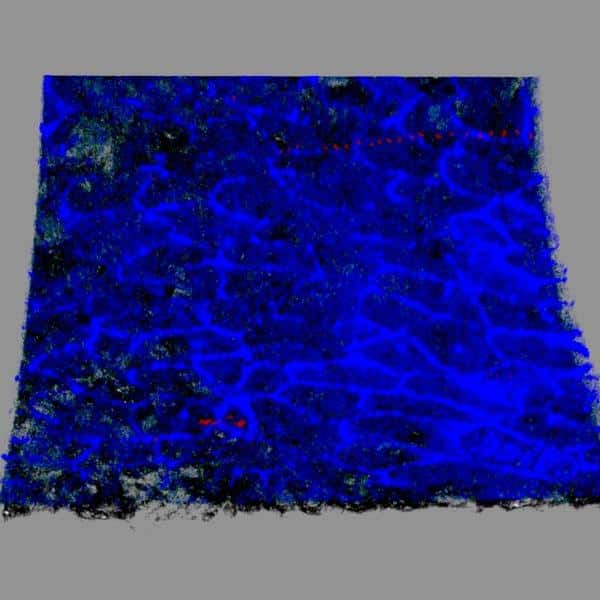Atherosclerosis is a common reason for heart problems and strokes. Even though medicine is improving, more people are getting these issues. So, finding new ways to treat them is significant. A team of experts, led by Professor Christian Weber and Professor Donato Santovito from Ludwig Maximilians Universitat Munchen, has found a particular microRNA molecule that could be an excellent place to start looking for new treatments.
A while ago, researchers found that a protein called CXCR4 is vital in atherosclerosis development. This protein sends signals inside cells. When CXCR4 is turned off in specific cells in the arteries, it makes atherosclerosis worse. It also makes more white blood cells enter the cells, causing inflammation. Interestingly, CXCR4 can also make inflammation worse when it’s present in white blood cells.
Santovito said, “The challenge, however, is not to influence any biological processes, as the protein occurs in all cells and exercises various important functions.”
The researchers used databases and experiments with cells and mice to find a microRNA, miR-206, only in specific cells in blood vessels and can help treat atherosclerosis. This miR-206 reduces the CXCR4 protein by binding to its gene and stopping it from making it.
To use it as a treatment, they made a molecule, a ‘target-site blocker,’ that stops miR-206 from working with CXCR4, making more CXCR4 in the cells. They tested this in mice and cells in the lab and found that it could prevent atherosclerosis in the mice.”
Reducing miRNA-mediated gene suppression is a promising, practical, and affordable way to control gene activity in specific cells. Researchers believe targeting miRNA in particular tissues could be a valuable treatment for many diseases. Next, they will test their findings in more extensive animal studies as part of the German Cardiovascular Research Centre and the Cluster for Nucleic Acid Therapeutics in Munich.

This study provides promising insights into using miR-206 and a target-site blocker as a potential treatment for atherosclerosis. By fine-tuning gene expression at the cell-specific level, this approach may offer a practical and cost-efficient therapeutic strategy for combatting atherosclerosis and other related diseases.
The research team’s next step involves evaluating their findings in larger animal models in collaboration with the German Cardiovascular Research Centre (DZHK) and the Cluster for Nucleic Acid Therapeutics Munich (CNATM).
Journal reference:
- Ismail Cimen, Lucia Natarelli etal., Targeting a cell-specific microRNA repressor of CXCR4 ameliorates atherosclerosis in mice. Science Translational Medicine. DOI: 10.1126/scitranslmed.adf3357.
